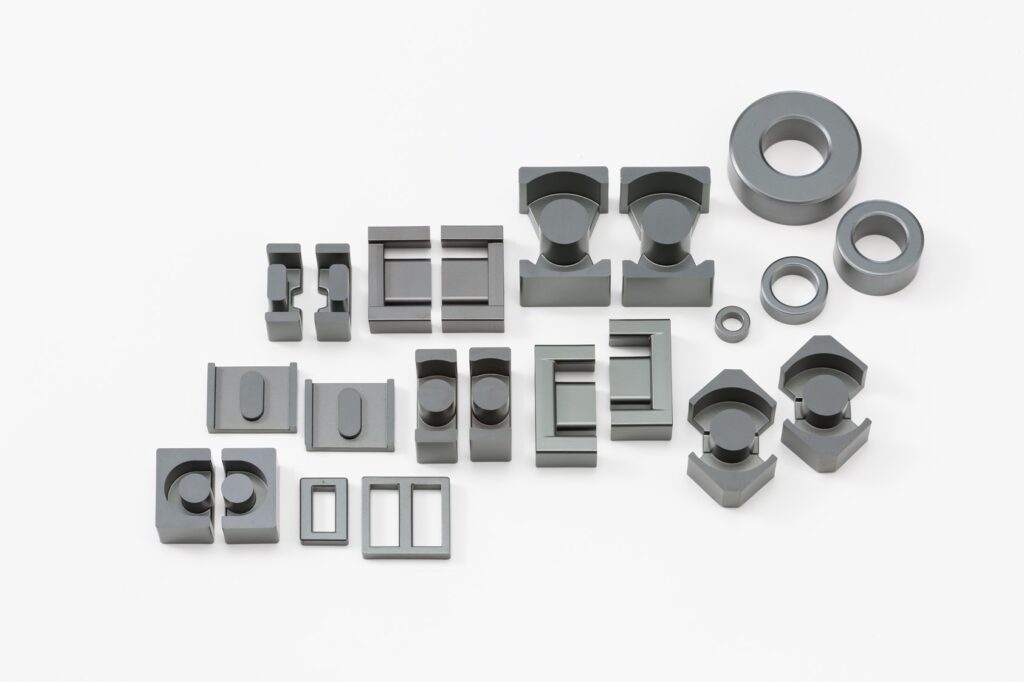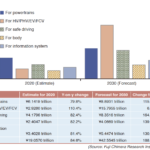ASIA ELECTRONICS INDUSTRYYOUR WINDOW TO SMART MANUFACTURING
Chemical Materials Advance to Support Electronics Challenges
Recently, advanced chemical materials technologies have become more pronounced. Alongside this, the progress of information technology (IT) as well as electronics and mobility technologies continues. Moreover, global movements for decarbonization intensify. Amid these trends, innovations in the chemical industry to create new materials that break through existing technologies are required.
Specifically, Japanese chemical manufacturers accelerate the development of materials that address industry challenges. They set their sights on the development of materials related to fifth-generation (5G)/sixth-generation (6G) communications; next-generation autonomous vehicles, advanced semiconductor processes, and renewable energy. Efforts to expand global production systems eyeing medium-to-long-term growth have also been progressing.
Chemical materials play important roles as elements that support technological advancements of various electronic equipment; electronic components, semiconductors, and displays; automobiles; manufacturing equipment; communications and social infrastructure; and renewable energy systems.

Japanese Materials Industry
Specifically, the chemical materials industry is one of the key industries that represent Japan’s industrial stature. Japanese manufacturers command a huge presence in leading-edge IT and electronics, advanced mobility, and cutting-edge semiconductor processes fields; this, despite the smaller scale of Japanese companies in the global chemical industry compared with giant chemical manufacturers in the United States and countries in Europe. In total, Japanese companies hold about 50 percent share of the global semiconductor materials market.
Japanese chemical materials manufacturers have been expanding their sales track records in the global market. Mainly, they leverage their advanced product and process development technologies and custom solutions optimized for each customer.

Materials by Application
In the automotive field, manufacturers put strength in the development of materials with excellent high-frequency characteristics. They focus on materials for in-vehicle inverters/converters and materials for on-board rechargeable batteries. Moreover, new developments are directed towards materials that contribute to lighter vehicle body weight. Specifically, they set their sights on the increasing sophistication of advanced driver-assistance systems (ADAS)/autonomous driving technologies, and the shift to electrified vehicles (xEVs).
Meanwhile, in the semiconductor-related field, the technological development of silicon carbide (SiC), gallium nitride (GaN) and gallium-oxide semiconductor materials advances for use in next-generation power semiconductors. In the category of semiconductor photoresists, for which Japanese companies hold a majority of the global market share, the development and mass production of leading-edge resists, such as argon fluoride (ArF) and extreme ultraviolet (EUV) photoresists, accelerates.

As materials for high-functional IT terminals, such as smartphones, tablet terminals, and wearable terminals, the development of substrate materials that support 5G’s high-speed and large-capacity communications, and of flexible materials advances.
In the environment and new-energy-related materials field, the development of materials that innovate next-generation lithium-ion batteries, all-solid-state batteries, solar cells, fuel cells, and storage battery systems, progresses. Mainly, manufacturers focus their development efforts on new materials that contribute to large-capacity, high-efficiency batteries. Also, they target mass production technologies for perovskite solar cells, which are expected to become next-generation solar cells.




